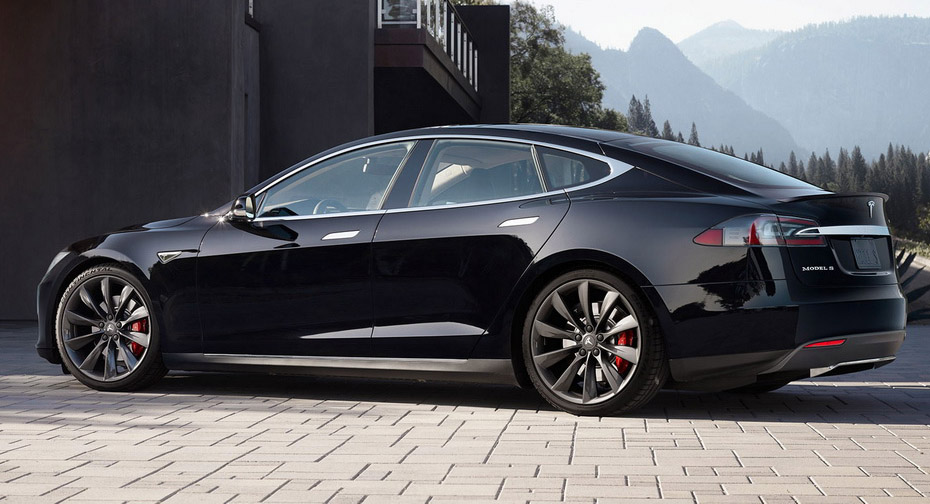When Tesla released the Model S it debuted a lot of cool features and technology that have spread across the automotive landscape. One of those features, over-the-air updates, allows the manufacturer to improve, and in some cases worsen a vehicle’s features. That’s what reportedly just took place when Tesla disabled some 80 miles (about 129 km) of range and told a customer that to get it back, they’d need to pony up $4,500. Then the internet found out.
Right off of the top, it’s no secret that Tesla will disable features before reselling a used vehicle that’s traded into it. While that might sound shady it’s within their right to do so. What isn’t so common is the situation that led to one owner walking out of his house one day to find his Model S with 80 miles less range than just a few minutes previous.
Brought to light on Twitter by Jason Hughes, owner of a Tesla component business, one customer experienced just this situation recently. The customer is the third owner of a used 2013 Model S 60, which as the nomenclature suggests, was originally sold with a 60 kWh battery. At some point during its life with that first owner, Tesla swapped out the battery for a 90 kWh capacity pack under warranty and made whatever changes were necessary to allow the car to use its full capacity.
Read More: Tesla Sold 5 Model S Sedans With Prototype Part That Must Now Be Recalled
Tesla really fires me up sometimes.😡🧵
I have a customer who's the ~3rd owner of a 2013 Model S 60.
At some point years ago the battery pack was swapped under warranty with a 90 pack. It wasn't software limited. It was effectively made into a 90 by Tesla.
Years went by.
(1/*)— Jason Hughes (@wk057) July 25, 2022
Years go by and the car changes hands a couple of times before the current owner takes it into Tesla service to get an unrelated software upgrade that will allow him to keep an internet connection now that 3G is going away. According to Hughes, everything goes just fine at the appointment and the owner drives home without a hitch. At some point soon thereafter, Tesla “calls him to tell him that they found and fixed a configuration mistake with his car.”
That “configuration mistake” in Tesla’s eyes was that it should’ve technically been locked as a Model S 60 unless the current customer was willing to pay $4,500 to get the 80 or so miles (129 km) of range back. It’s worth noting that there are software hacks that could’ve fixed the issue but it would require completely disconnecting from Tesla services which is why the customer went to get the software update to begin with.
Hughes pointed all of this out in a long thread on Twitter that went viral on Monday and as of today, he says that the problem in this particular case, and even in another similar situation, seems to be fixed. Of course, we should point out that Tesla for its part hasn’t confirmed or denied this situation and as such, we can only call this a report for now.
This is exactly the type of situation where Tesla would benefit from having some sort of actual public relations department. Then it could simply come out, state the facts from its own side, make public amends to whatever degree, set a precedent, and move on. Instead, we’re all left wondering what the next wild and wacky story of Tesla ownership will end up being and what if anything the brand will do about it.
Following up:
This customer has his full 90 back as of this morning. 🥳
Another customer in a similar boat is also in touch with Tesla and should be getting taken care of by the end of the week.
I'm hoping this helps drives some policy improvements on their side! 🤞🏻 https://t.co/rnYQRBBHLm
— Jason Hughes (@wk057) July 27, 2022








